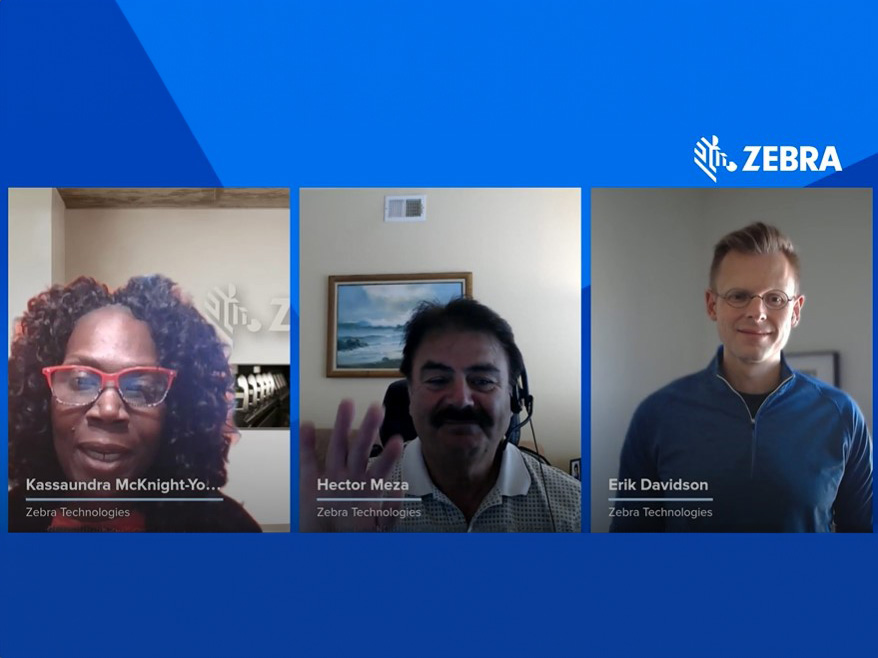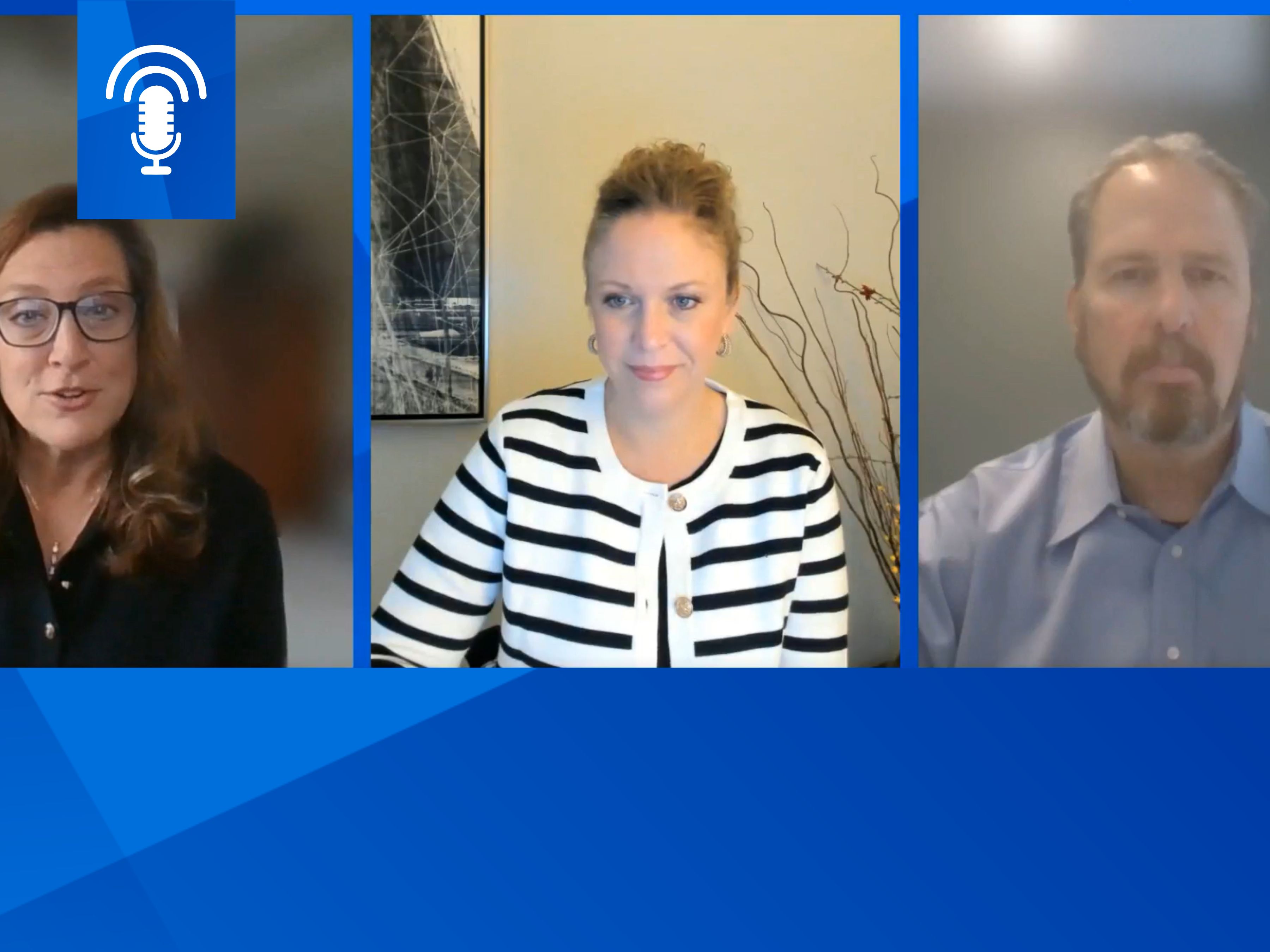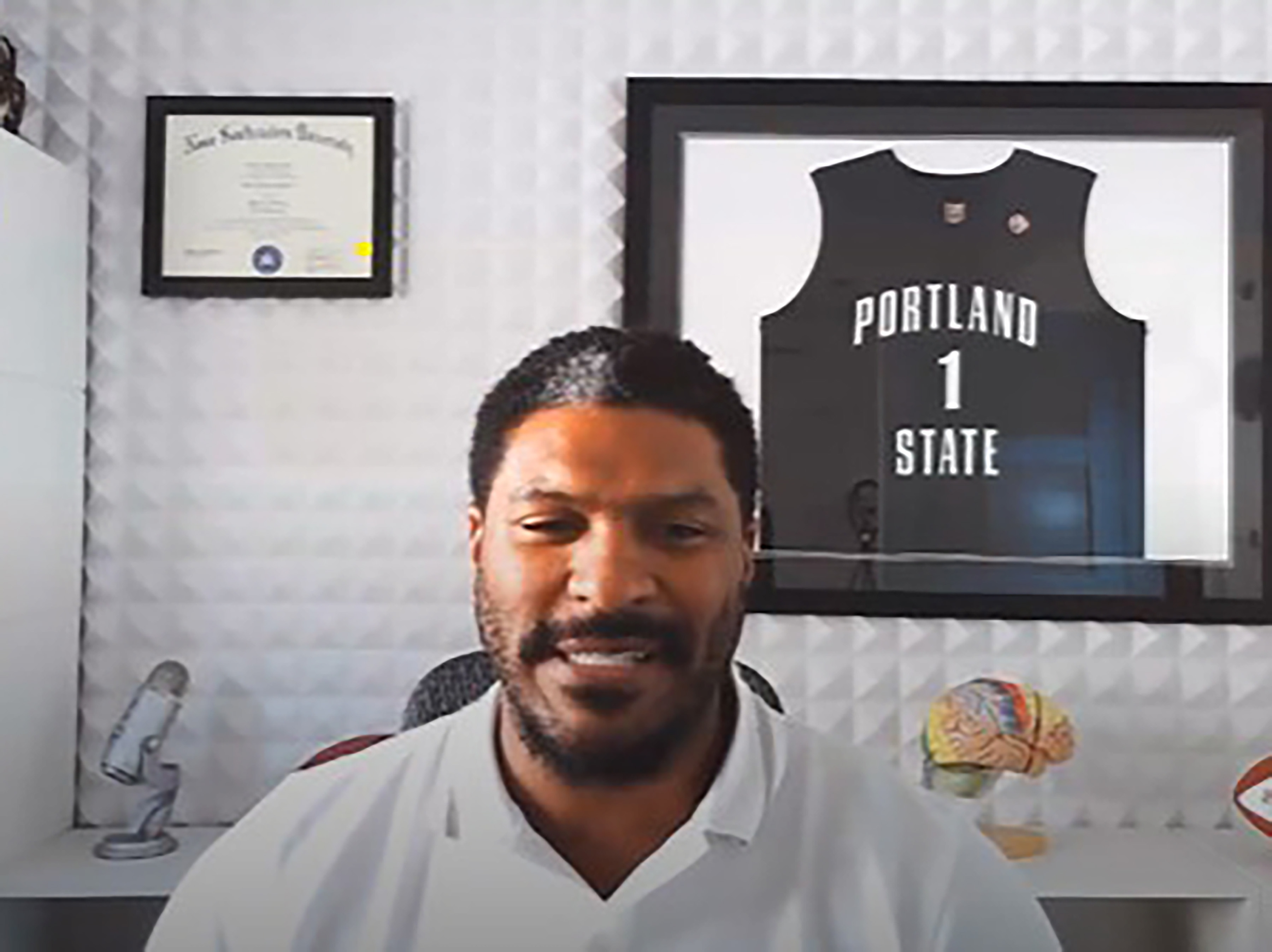Transform retail operations with Zebra’s retail technology solutions, featuring hardware and software for improving inventory management and empowering teams.
Streamline operations with Zebra’s healthcare technology solutions, featuring hardware and software to improve staff collaboration and optimise workflows.
Enhance processes with Zebra’s manufacturing technology solutions, featuring hardware and software for automation, data analysis, and factory connectivity.
Zebra’s transportation and logistics technology solutions feature hardware and software for enhancing route planning, visibility, and automating processes.
Zebra's hospitality technology solutions equip your hotel and restaurant staff to deliver superior customer and guest service through inventory tracking and more.
Zebra's market-leading solutions and products improve customer satisfaction with a lower cost per interaction by keeping service representatives connected with colleagues, customers, management and the tools they use to satisfy customers across the supply chain.
Empower your field workers with purpose-driven mobile technology solutions to help them capture and share critical data in any environment.
Zebra's range of mobile computers equip your workforce with the devices they need from handhelds and tablets to wearables and vehicle-mounted computers.
Zebra's desktop, mobile, industrial, and portable printers for barcode labels, receipts, RFID tags and cards give you smarter ways to track and manage assets.
Zebra's 1D and 2D corded and cordless barcode scanners anticipate any scanning challenge in a variety of environments, whether retail, healthcare, T&L or manufacturing.
Zebra's extensive range of RAIN RFID readers, antennas, and printers give you consistent and accurate tracking.
Choose Zebra's reliable barcode, RFID and card supplies carefully selected to ensure high performance, print quality, durability and readability.
Zebra's location technologies provide real-time tracking for your organisation to better manage and optimise your critical assets and create more efficient workflows.
Zebra's rugged tablets and 2-in-1 laptops are thin and lightweight, yet rugged to work wherever you do on familiar and easy-to-use Windows or Android OS.
With Zebra's family of fixed industrial scanners and machine vision technologies, you can tailor your solutions to your environment and applications.
Zebra’s line of kiosks can meet any self-service or digital signage need, from checking prices and stock on an in-aisle store kiosk to fully-featured kiosks that can be deployed on the wall, counter, desktop or floor in a retail store, hotel, airport check-in gate, physician’s office, local government office and more.
Discover Zebra’s range of accessories from chargers, communication cables to cases to help you customise your mobile device for optimal efficiency.
Zebra's environmental sensors monitor temperature-sensitive products, offering data insights on environmental conditions across industry applications.
Enhance frontline operations with Zebra’s AI software solutions, which optimize workflows, streamline processes, and simplify tasks for improved business outcomes.
Zebra Workcloud, enterprise software solutions boost efficiency, cut costs, improve inventory management, simplify communication and optimize resources.
Keep labour costs low, your talent happy and your organisation compliant. Create an agile operation that can navigate unexpected schedule changes and customer demand to drive sales, satisfy customers and improve your bottom line.
Drive successful enterprise collaboration with prioritized task notifications and improved communication capabilities for easier team collaboration.
Get full visibility of your inventory and automatically pinpoint leaks across all channels.
Reduce uncertainty when you anticipate market volatility. Predict, plan and stay agile to align inventory with shifting demand.
Drive down costs while driving up employee, security, and network performance with software designed to enhance Zebra's wireless infrastructure and mobile solutions.
Explore Zebra’s printer software to integrate, manage and monitor printers easily, maximising IT resources and minimising down time.
Make the most of every stage of your scanning journey from deployment to optimization. Zebra's barcode scanner software lets you keep devices current and adapt them to your business needs for a stronger ROI across the full lifecycle.
RFID development, demonstration and production software and utilities help you build and manage your RFID deployments more efficiently.
RFID development, demonstration and production software and utilities help you build and manage your RFID deployments more efficiently.
Zebra DNA is the industry’s broadest suite of enterprise software that delivers an ideal experience for all during the entire lifetime of every Zebra device.
Advance your digital transformation and execute your strategic plans with the help of the right location and tracking technology.
The Zebra Aurora suite of machine vision software enables users to solve their track-and-trace, vision inspection and industrial automation needs.
Zebra Aurora Focus brings a new level of simplicity to controlling enterprise-wide manufacturing and logistics automation solutions. With this powerful interface, it’s easy to set up, deploy and run Zebra’s Fixed Industrial Scanners and Machine Vision Smart Cameras, eliminating the need for different tools and reducing training and deployment time.
Aurora Imaging Library™, formerly Matrox Imaging Library, machine-vision software development kit (SDK) has a deep collection of tools for image capture, processing, analysis, annotation, display, and archiving. Code-level customisation starts here.
Aurora Design Assistant™, formerly Matrox Design Assistant, integrated development environment (IDE) is a flowchart-based platform for building machine vision applications, with templates to speed up development and bring solutions online quicker.
Designed for experienced programmers proficient in vision applications, Aurora Vision Library provides the same sophisticated functionality as our Aurora Vision Studio software but presented in programming language.
Aurora Vision Studio, an image processing software for machine & computer vision engineers, allows quick creation, integration & monitoring of powerful OEM vision applications.
Adding innovative tech is critical to your success, but it can be complex and disruptive. Professional Services help you accelerate adoption, and maximise productivity without affecting your workflows, business processes and finances.
Zebra's Managed Service delivers worry-free device management to ensure ultimate uptime for your Zebra Mobile Computers and Printers via dedicated experts.
Find ways you can contact Zebra Technologies’ Support, including Email and Chat, ask a technical question or initiate a Repair Request.
Zebra's Circular Economy Program helps you manage today’s challenges and plan for tomorrow with smart solutions that are good for your budget and the environment.

Clini-Chat: Do You Have the Right People Informing Your RFID Projects? (Possibly Not, Says These Two Solution Engineers)
You need more than the “stakeholders” involved from day one because buy-in starts – but doesn’t end – at the top of your healthcare organization. This is whose opinion and support matters most.
###
Who are the clinical and non-clinical stakeholders that need to be involved in scoping, planning, testing, implementing, and maintaining asset tracking (or asset management) systems in healthcare?
Why is it important to bring these people in?
When should they be brought in?
These are among the many questions that I asked my friends Hector Meza (Zebra) and Erik Davidson (Tagnos) on the latest episode of CliniChat:
What prompted me to ask these questions?
Failure. Frustration. Fragmentation.
Over eight in 10 (84%) of non-clinical healthcare executives admitted in this Zebra-commissioned Hospital Materials Management Vision Study that digitizing asset tracking systems at the point-of-care is a priority for their organization. Yet, 74% say it’s challenging for their organization to integrate devices, sensors, and technologies to manage materials, equipment, supplies, and pharmaceuticals across their facilities.
Why?
Hector and Erik have some interesting answers.
LISTEN NOW OR DOWNLOAD AND LISTEN LATER
The Dichotomy of Modern Healthcare Modernization Projects
There is constant talk about division of responsibilities in healthcare settings: “I’m responsible for this; you’re responsible for that.” And, yes, having ownership of certain aspects of healthcare operations is important for accountability. However, divisiveness can become detrimental when people feel that others are overstepping, or they are being excluded from decisions that directly impact them.
So, when it comes to driving operational changes, especially technology-facilitated changes, we must be united in our project mission, vision, and execution. And by “we” I mean anyone and everyone who may asked to facilitate or support these types of changes in some way, including:
- IT
- Clinical staff
- Administrators
- Operations
- Finance
- Procurement
- Supply chain managers
- Informatics managers
- Non-clinical support staff
There may be a project manager (PM) running point on a digitalization project like this, but the PM can’t be the only one steering the ship. Too many people will be impacted by any technology we put in place in a healthcare setting to allow one person, or even a small advisory group to call all the shots. Every single person impacted by this project, even indirectly, needs to be invited to define the requirements, influence the project’s direction, and participate in its execution. And everyone needs to be kept appraised of progress and given the ability to speak up if things aren’t going as expected. We can’t keep people in the dark until it’s “their turn” on the stage.
If we aren’t working together from the start, if we don’t have the right people at the table from the moment we start considering ways to improve asset management or asset tracking capabilities, then it won’t matter if “the right approach” is mapped out with the help of outside consultants. It won’t matter if you make “the right call” and opt to spend the money on an RFID system for asset locating from the start. Those projects will fail. Frustration will flare. The organization will further fragment into “the stakeholders” and “everyone else,” with a lot of finger pointing to follow.
Why?
What Causes People to Turn Against a Great Idea
Without the right individuals providing their expertise and insights, projects can suffer from a lack of direction and focus. There needs to be consensus when answering, “What are we trying to solve?” as Erik noted.
Without the right people at the table from the beginning, you might also find out (at the end) that you’ve been moving in the wrong direction all along. Or you might find that you can’t get anything moving because you can’t get the support you need from the right people at the right time.
As Hector said, “One of the worst things you can do is surprise [people when] the project is midstream.” You can’t go to them halfway through the project and say, “[This is what we’re doing] and now we need you.” Their response will be, “Why wasn’t I informed of this at the beginning?” Or they’ll say, “I can’t allocate resources [because I wasn’t aware of this project before and it’s too big of an ask.]”
The fastest way to lose people’s support is to exclude them until you really need them. So, by bringing the right people to the table early and maintaining open lines of communication, asset tracking projects can benefit from a more cohesive strategy that aligns with the organization’s overall goals and objectives.
That’s why Erik stressed, “It’s important to phase these projects very thoughtfully.”
“Having that buy-in from the beginning to say, just like an [emergency medical record] EMR, this is a project we are committing to, and we are ready to take on,” helps ensure that all parties understand their roles, responsibilities, and the project’s objectives, leading to more efficient and effective execution.
Who Should You Invite to the Party?
The stakeholders who tend to steer healthcare modernization projects are those who initiate, fund, scope, manage, and ultimately green light (or stall out) tech projects while everyone else sort of waits in the wings as the project plays out.
The people who should be steering them are those historically left standing in the wings, as they’re the ones who are ultimately producing and delivering “the show.” These are the people who must either use or manage the new technology system once it’s live. So, if they’re not invited to have an equally influential seat at the table from the beginning of the project – from the moment this project idea is even being floated about by a “stakeholder” – then it’s going to be hard to score rave reviews.
You must have buy in from stakeholders and everyone else simultaneously from the start, or else you shouldn’t start the project (yet). This is especially true when you’re trying to put new asset tracking systems in place, whether they’re based on RFID, barcode or real-time location technologies. So, listen to our conversation now to find out:
Who should be at the table throughout the project.
When should each person be at the table.
How to avoid “corporate overreach” tanking project success.
How to prevent large projects from draining resources (since most people contribute to these projects as a secondary effort to their day jobs.)
How to prevent initial project success (or failure) from hindering the successful rollout of an asset tracking system across multiple sites in a large healthcare system.
Zebra Developer Blog
Zebra Developer Blog
Are you a Zebra Developer? Find more technical discussions on our Developer Portal blog.
Zebra Story Hub
Zebra Story Hub
Looking for more expert insights? Visit the Zebra Story Hub for more interviews, news, and industry trend analysis.
Search the Blog
Search the Blog
Use the below link to search all of our blog posts.
Most Recent
Legal Terms of Use Privacy Policy Supply Chain Transparency
ZEBRA and the stylized Zebra head are trademarks of Zebra Technologies Corp., registered in many jurisdictions worldwide. All other trademarks are the property of their respective owners. ©2025 Zebra Technologies Corp. and/or its affiliates.






